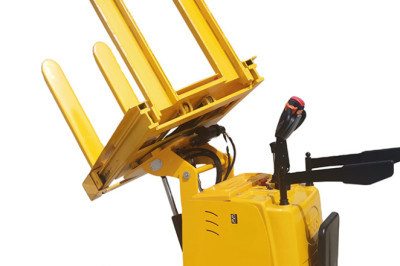views
Introduction
As required by the country's GST law, voluntary tax payments are made using the DRC-03 form. It is carried out once the fiscal year's filing deadline has passed and the government finds a tax demand or shortfall.
If you have previously filed a GST return but need to make adjustments, you can also complete the DRC 03 form. It might be caused by a number of things, such as improper computation, erroneous reporting, or underreporting revenue.
The application, the process for paying additional tax, Forms GSTR- 1 and GSTR-3B, payment under DRC-03, and the tax return filing date will all be covered in this article.
What is Form DRC-3?
The complete DRC form under GST is called "Demand and Recovery Forms." In certain cases, it may be discovered that one has overlooked anything or that their revenue representation was inaccurate when submitting GST taxes.
With the DRC-03 voluntary tax payment form, Taxpayers can choose to voluntarily increase their responsibility or pay their taxes in response to a show-cause notice (SCN) from the GST department.
In such cases, companies or individuals eligible to submit GST returns may make a voluntary contribution using the DRC-03 form.
When is the right time for a taxpayer to pay under DRC-03?
The reasons listed below can be used to support a payment under DRC-03:
Audit/Reconciliation Statement: If a GST auditor discovers evidence of underpayment of tax, interest, or penalties, or an inflated claim of input tax credit for the fiscal year with the audit, and the deadline for disclosing it in GST returns has passed, the taxpayer must make a voluntary payment in DRC-03 and record it in GSTR-9. It must be disclosed in GSTR-9C by the GST auditor as well.
Investigation & Others: A taxpayer may voluntarily pay in DRC-03 if an investigation reveals that the person has neglected to file taxes.
Annual Return: Prior to assembling and submitting annual returns, the taxpayer needs to balance all of their accounts for the year. During this reconciliation, it may be possible to identify any underreporting or non-payment of taxable supplies that resulted in short payments of taxes, interest, or fines for the first time.
Any tax deficiencies may be paid in cash by taxpayers and reported on Form DRC-03.
On demand or in reaction to a notice of show cause: The taxpayer may use DRC-03 to pay the required tax and interest in response to a show-cause notice, but only if the payment is made within 30 days of the date the matter specified in the notice is brought up.
Fill out Form DRC-03 in order to voluntarily settle outstanding liabilities under Sections 73 and 74 of the CGST Act.
To mitigate the challenges of demand and recovery procedures, a taxpayer may choose to self-determine the tax prior to SCN issue or within 30 days following SCN determination.
Section 73 – Underpayment or nonpayment of taxes without the intention of fraud.
Section 74 - addresses circumstances in which underpayment or evasion of taxes is justified by tax fraud or tax avoidance.
Mismatched obligation between GSTR-1 and GSTR-3B: This option to choose the rationale for utilising the DRC-03 form in February 2021 is available on the GST portal. The taxpayer is required to make up the difference in DRC-03 or offer an explanation if the tax authorities notify them of a difference, such as a tax liability gap in GSTR-3B compared to GSTR-1.
GSTR-2A/2B to GSTR-3B ITC Mismatch: This was an option available on the GST website in February 2021 for DRC-03 taxpayers who wish to offer an explanation for their tax payment.
The tax authorities may send a notification if there are more input tax credit (ITC) claims in GSTR-3B than in GSTR-2B (by more than the maximum permitted under CGST Rule 36(4) of 5% of ITC in GSTR-2B).
The taxpayer must utilise this form in order to deposit any excess ITC claims.
Conclusion
Under GST, several DRC number types are available for certain scenarios. All payments made on the forms must always be made with cash balances from the computerised credit or cash ledger, or with input tax credits.
However, interest and penalties are not covered by the ITC. It needs to be paid for in full with cash.











